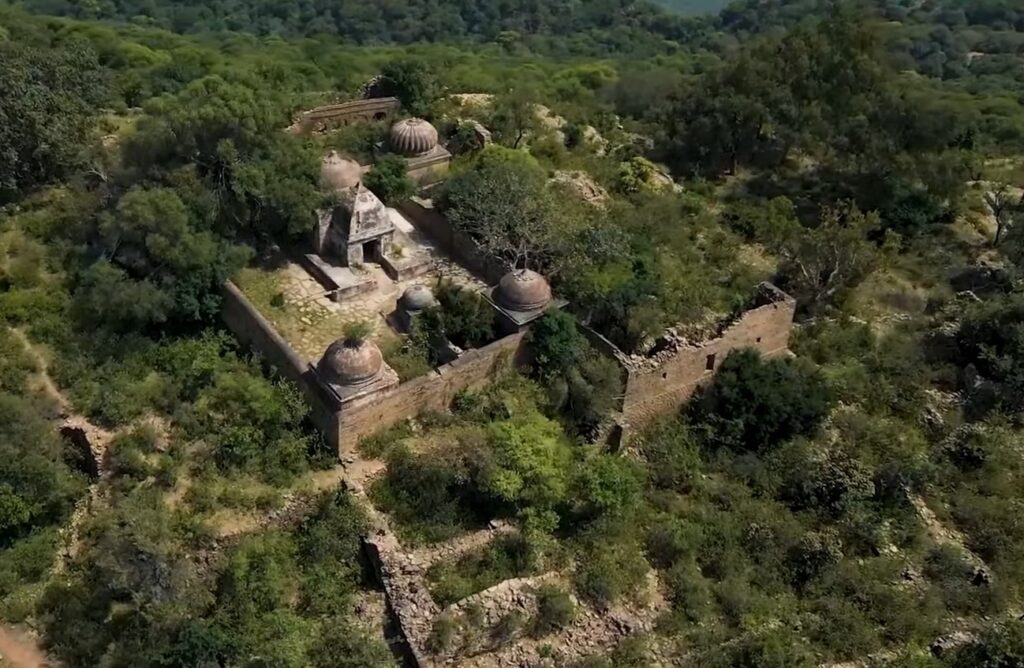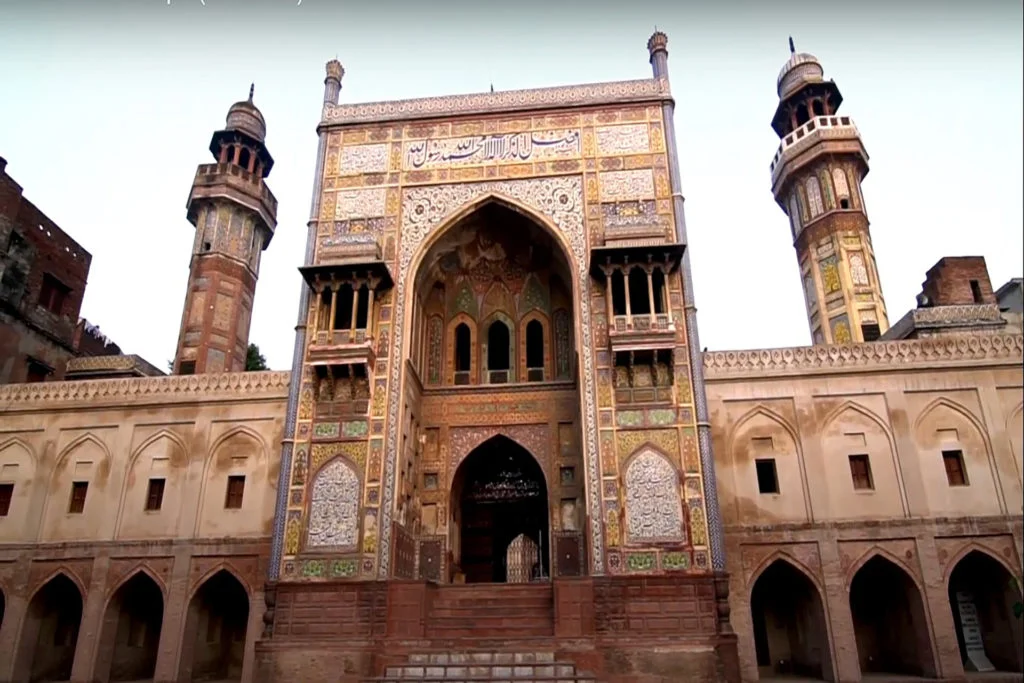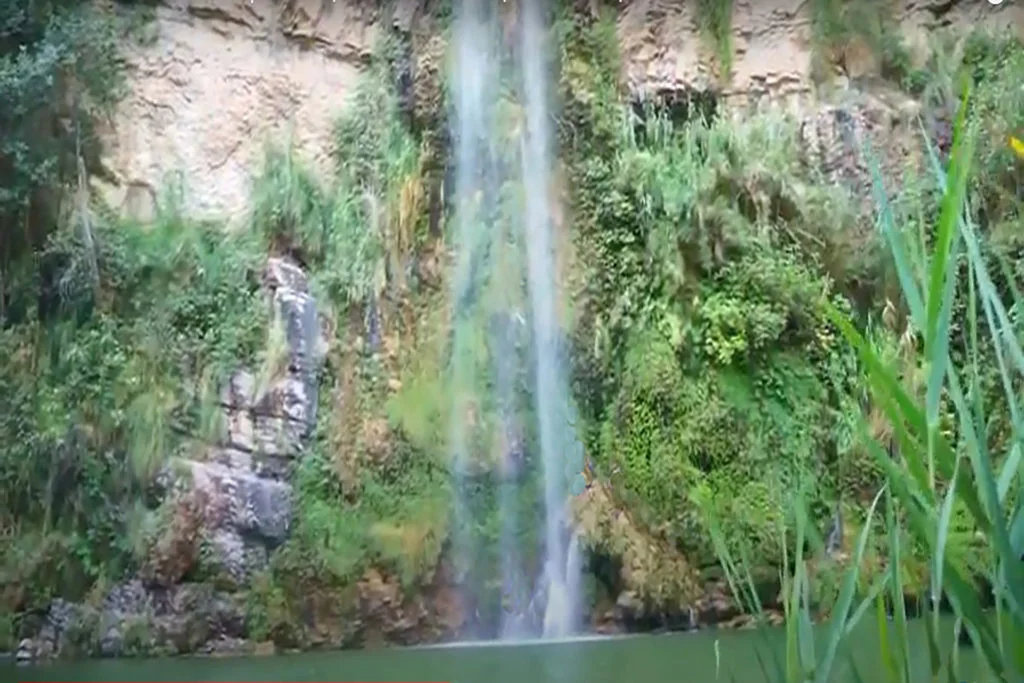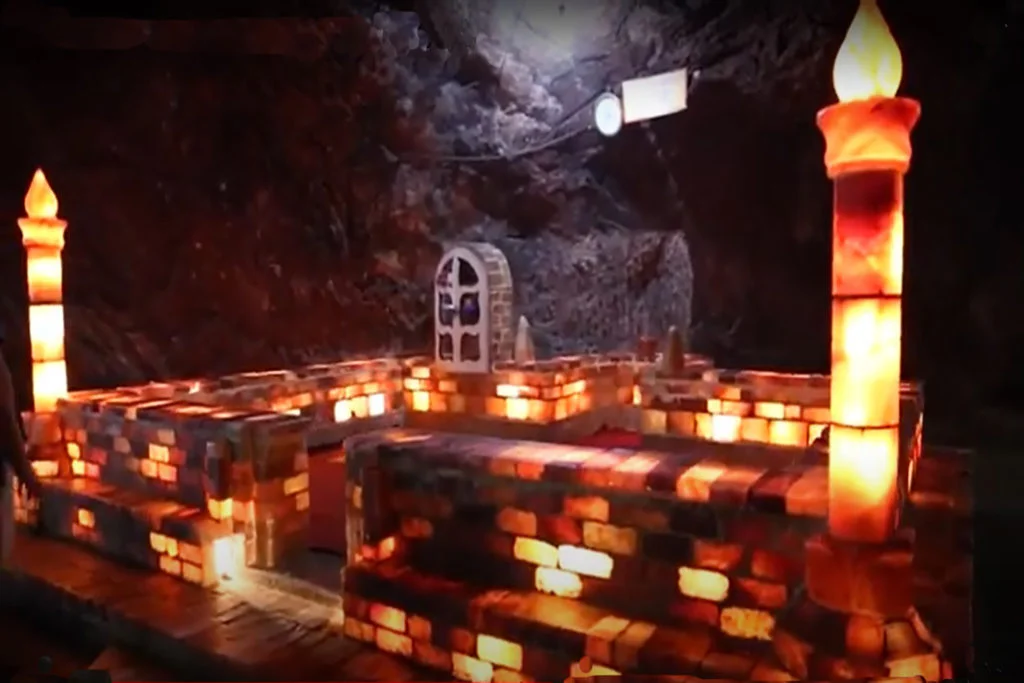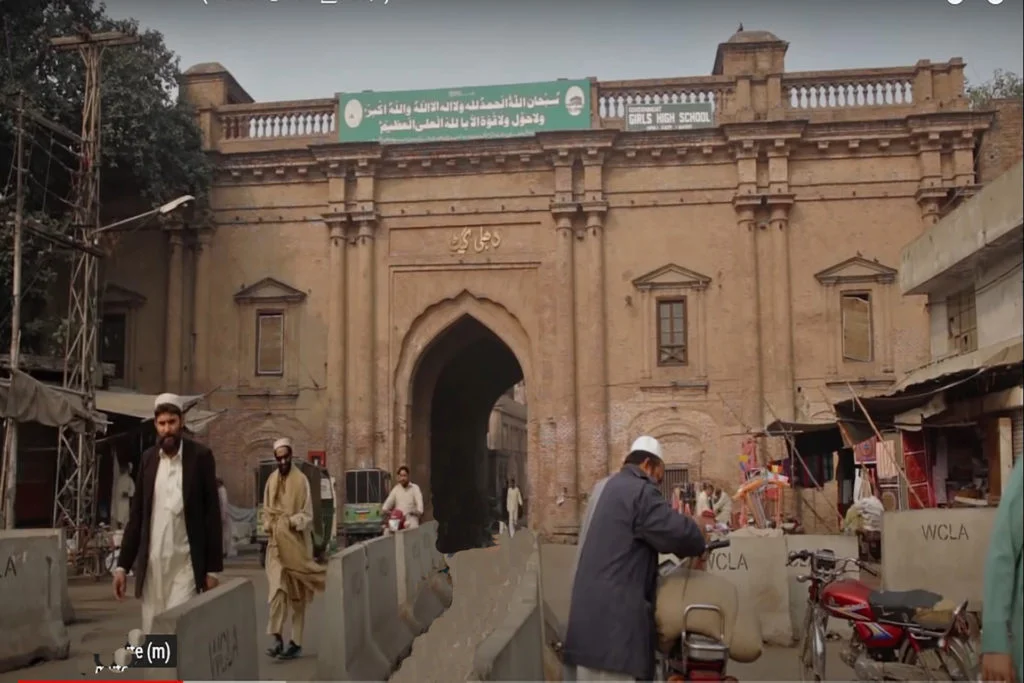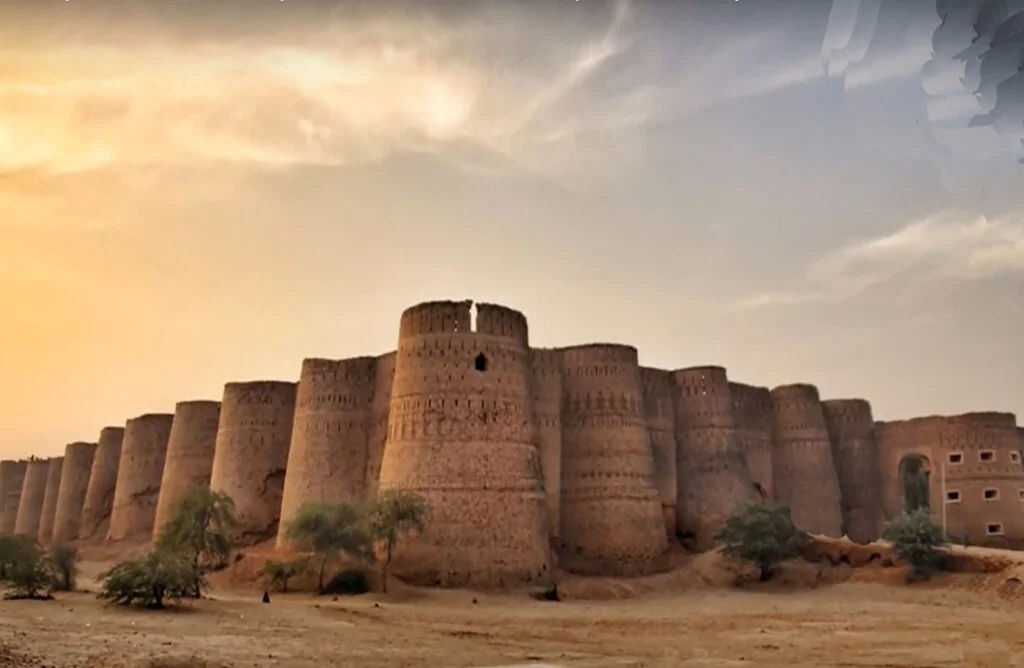Tilla Jogian is an abandoned Hindu Temple and monastic complex located on the mountain in the famous Salt Range in the Kallar Kahar area of Chakwal Punjab, Pakistan. Tilla Jogian is a popular historic site with its fascinating history and serene environment. It has captured the attention of historians, archaeologists, and nature lovers since its existence.
We discover Tilla Jogian’s mysterious beyond and tremendous natural beauty, solving the puzzles that make it an attractive Salt Range gem for vacationers and historians.
Tilla Jogian Location
Tilla Jogian is nestled around 25 km from the cities of Jhelum and Dina. Tilla Jogian is located in the Salt Range area of Kallar Kahar, which is a hill station and a popular tourist spot within the Punjab province of Pakistan. The building of Tilla Jogian is situated close to the Jhelum River and the ancient Grand Trunk Road, commonly known as GT Road, which was an ancient trade route that connected Central Asia with the Indian subcontinent.
The travel distance from the Capital City, Islamabad to Tilla Jogian is around 4 hours. Travel time includes hiking of around 2 hours. Track to Tilla Jogian is a bit moderately difficult to hike. Most of the track has big and small stones. Stairs were also made at some past to reach the top, whose remnants can be seen. Tilla Jogian is the highest mountain of the Salt Range.
The Tilla Jogian complex itself is situated at the mountaintop of Tilla Jogian Hill, which has an altitude of 975 meters (3200 ft). The area enjoys cooler and extra humid weather as compared to other areas of Punjab due to its elevated position. The area is full of greenery and diffusion of trees, including olive timber, pines, and Acacia modesta.
The area of Tilla Jogian is also significant for its proximity to other extremely good landmarks. Rohtas Fort, a UNESCO World Heritage site, is located close by. Rohtas Fort is a fantastic ancient castle constructed in the 16th century. Moreover, the Katas Raj Temples, which are considered to be a very sacred Hindu pilgrimage site, are also in close proximity. The Katas Raj Temples consist of numerous historical temples and a sacred pond referred to as Katas Sarovar, which as per Hindu mythology, is believed to have originated from the teardrops of the Hindu deity Shiva.
The Tilla Jogian complex and its surroundings hold historic, cultural, and spiritual significance in Pakistan’s Salt Range.
Geological Marvel and Natural Beauty:
Rising to an excellent height of around 975 meters (3200 feet) above sea level, Tilla Jogian gets the attention of the public and travelers with its striking presence and location. The mountain is famed for its rugged cliffs, lush green slopes, and breathtaking scenic views of the surrounding landscapes. It gives a fascinating combination of tranquility, serenity, and awe-inspiring natural splendor.
History of Tilla Jogian
Tilla Jogian, previous to 1947, held large significance as a Hindu pilgrimage site and became considered the most crucial place for Hindu Jogis in Punjab. It housed masses of ascetics and became a place of religious retreat and practice.
The place additionally has significance in Sikhism because of its affiliation with Guru Nanak, the founding father of the Sikh faith. Guru Nanak visited Tilla Jogian during the early 1500s and meditated there for forty days, looking to learn the ideology of the Jogis and discuss their faith and beliefs.
The Mughal Emperor Akbar also visited the “Shrine of Balnath,” an influential yogi at Tilla Jogian. The shrine became recognized for its ancient origins, which had become obscure over time. Akbar expressed his surprise at the site’s history. Emperor Jahangir, in the 17th century, also visited the temple complex.
During the dynasty of the Pashtun king Ahmad Shah Abdali and following the downfall of the Mughal era, the building was sacked and looted. However, it was quickly rebuilt after Abdali’s defeat.
In the 19th century, Maharaja Ranjit Singh honored Guru Nanak’s visit by constructing a stone-coated pond and a small monument on the spot wherein Guru Nanak is assumed to have contemplated.
During the British Rule of the area, the then deputy commissioner constructed a bungalow for residence at the complex, attracted by the cooler climate of the area. The complex remained an essential pilgrimage site for the Jogis in Punjab till the partition of British India in 1947. An annual festival was organized on the first day of the Hindu month of Chaitra, during which communal food was served to all attendees.
Following the partition of the Sub-Continent into Pakistan and India in August 1947, most people of the Hindu population within were migrated to India, leaving the temples abandoned and omitted. The last priest of the temple, Samandnath Jogi, appointed a caretaker for the place before leaving for India. He advised the caretaker to auction off the temple’s belongings if he did not return within six months. As the Jogi, did not come back within the given time frame, the temple’s meager belongings have been auctioned.
The temple holds historical and religious significance as a witness to the interaction of Hindu and Sikh traditions, in addition to the cultural shifts introduced by way of partition, it continues to be neglected by the authorities.
Pictures Gallery





Historical Hindu Temples:
one of the most fascinating aspects of Tilla Jogian’s history is its affiliation with ancient Hindu temples. The mountain is assumed to have been an important worshiping site for Hindus, housing grand temple complexes devoted to numerous deities. Although time and weathering have taken their toll on the systems, remnants of the historic temples nonetheless exist, leaving traces of the rich cultural and non-secular history of the place.
Cultural Crossroads:
Tilla Jogian has witnessed the ebb and flow of various civilizations and cultural influences at some point in history. From the ancient Indus Valley Civilization to the later arrival of Buddhism and Hinduism, the mountain has served as a cultural crossroads, reflecting the numerous tapestry of philosophies and practices that thrived within the region.
Spiritual and Religious Retreat:
In addition to its historic importance, Tilla Jogian is still a place of religious importance. Seekers of tranquility and introspection are interested in the mountain’s non-violent environment. Many site visitors ascend Tilla Jogian looking for solace and a reference to the herbal global, locating spiritual rejuvenation amidst its serene environment.
Trekking and Adventure:
For nature fans and adventure seekers, Tilla Jogian offers a thrilling possibility to explore its rugged terrain and scenic trails. Trekking enthusiasts can embark on thrilling trips, navigating via dense forests, rocky paths, and clean streams. The exhilaration of achieving the summit and being rewarded with panoramic vistas of the Salt Range near Kallar Kahar is an experience not to be missed.
Conservation Efforts:
Knowing the significance of Tilla Jogian’s historic and natural heritage, conservation efforts have been undertaken to preserve and protect the mountain. Conservation projects are cognizant of keeping ecological stability, selling responsible tourism, and safeguarding the historical stays, ensuring that coming generations can maintain to comprehend and examine this ancient place.
Tilla Jogian stands as a testament to the enduring legacy of human civilization, the captivating energy of nature, and the interplay among records, subculture, and spirituality. From its historic roots as a middle of worship to its present-day attraction as a nature lover’s paradise, Tilla Jogian invites us to explore and replicate the amazing history and memories etched into its rugged slopes. As we wander from the pathways of this historic marvel, we’re reminded of the intricate tapestry of human lifestyles and the timeless wonders that wait for us amidst the Salt range of Kallar Kahar.

